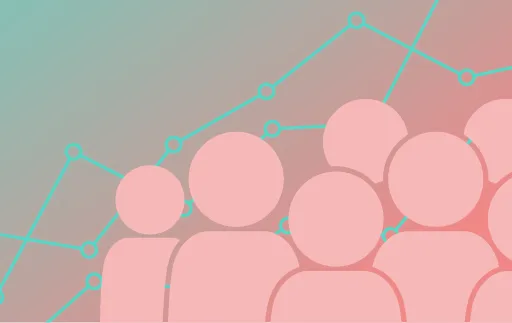 If you’re an organization running any kind of contact center, all calls count.
If you’re an organization running any kind of contact center, all calls count.
But, if your business is healthcare, some calls really count.
The National Suicide Prevention Lifeline is a great example. An upgrade scheduled for this summer will see it upgraded to a new universal three-digit number, 988. The rebooted service will connect callers with counselers able to give instant support and, as things progress, will be able to send trained suicide responders to the caller’s location if required.
The advantages certainly stand out: more lives saved, and reduced requirements for hospitals and police departments to be involved. It’s no surprise the move is seen as a game changer for the nation’s mental health. Or, that the number of callers is expected to rise significantly once the new number is introduced.
There are fears, though, that support won’t always reach those most in need due to the outdated and inadequate call-handling infrastructure in many states.
The current Lifeline received approximately two million calls in 2021. But data analysis by The New York Times found that 330,000 of them were abandoned before they were picked up. “A woman from Michigan, who said she waited twice for over an hour before hanging up, likened the experience to calling airline customer service,” the report relays. Even more disturbingly, it continues, “A teenager from Mississippi recounted calling three times one night without getting through, and then overdosing.”
The Substance Abuse and Mental Health Services Administration (SAMHSA) is the lead federal agency working to make the promise of 988 a reality for the whole country. In a report that the agency submitted to Congress in December, it finds the current system “understaffed” and says it had “not grown quickly enough to keep pace with existing demand.”
There are three issues to surface here: staffing, scalability and call volume.
Gridspace software has been designed by industry leaders to address all three.
Staffing support is provided by Gridspace Grace, the industry-leading virtual agent that works alongside human agents to ensure nothing (and no one) falls through a gap.
Grace automates voice tasks in contact centers, and is fine-tuned for specific task sets. The large healthcare centers we partner with know that important inbound calls are being digitally contained and successfully resolved.
Scaling is flexible and easily achieved. Important calls—even the most urgent—are not lost in the system due to lack of agents, or human error.
High volumes, such as we experienced during the pandemic for example, are no problem. Gridspace’s software already processes billions of call minutes each year and can handle over 50,000 concurrent conversations per deployment.
Gridspace software is 100% cloud and telephony system agnostic, so switching from outdated systems is much quicker than you’d think.
And there’s a bonus. While Gridspace is taking care of your calls and ensuring no one is left hanging, busy hospitals can finally free up healthcare professionals while the software handles the use cases, including:
- Patient routing
- Appointment reminders
- Payer and provider forms
- Benefits claims
- Pharmacy transactions
Contact centers are faced with too many choices and a lot of hype these days. Very few decisions will be a matter of life or death.
How you choose to handle healthcare calls is probably one of them.
 Back to Blog
Back to Blog